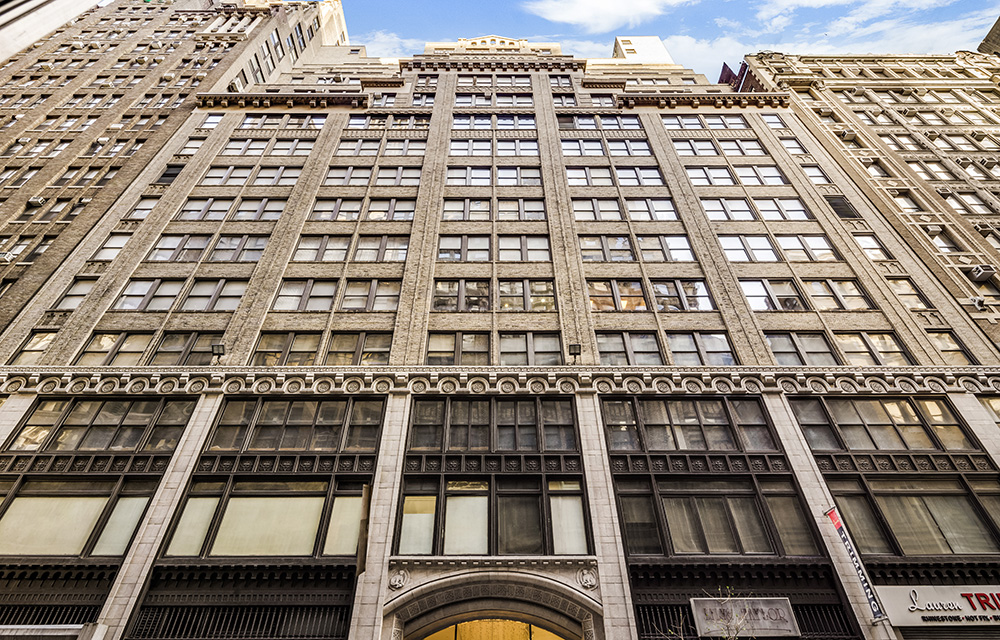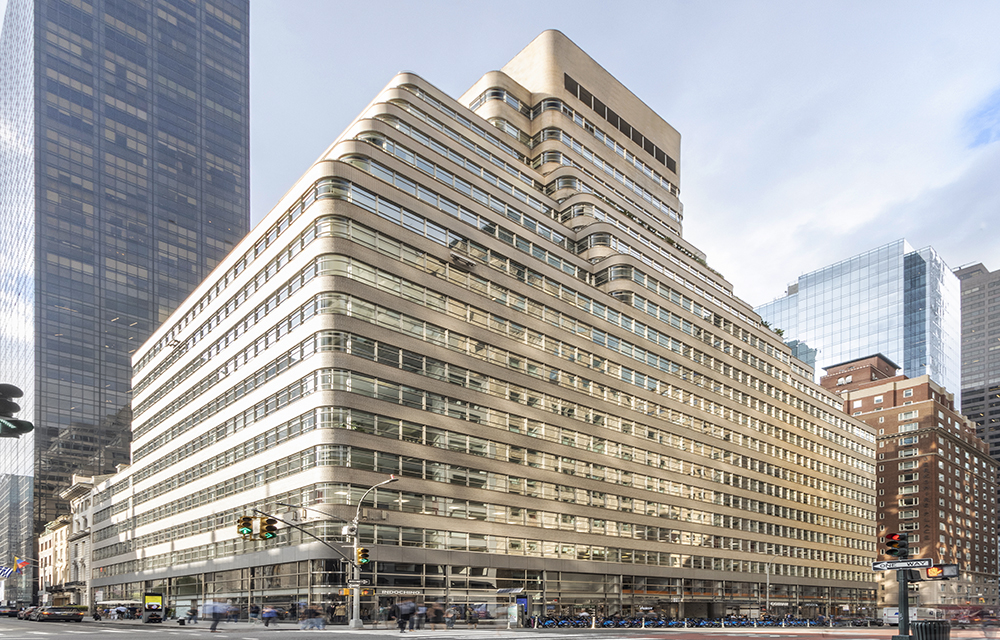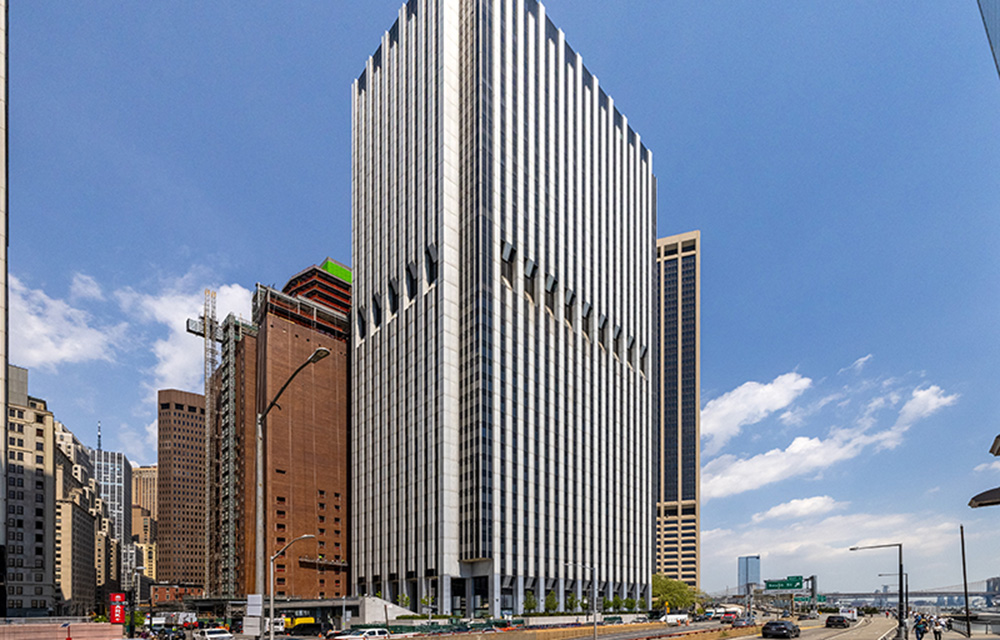Why you should pay attention to tax classes 2A and 2B - by Richard Velotta
Consider this scenario: You’re a multifamily investor and encounter the perfect value-add, 24-unit, walk-up building in Brooklyn. That particular neighborhood shows no signs of slowing down, and rents in the property are low relative to the market. You purchase the building and begin repositioning, anticipating the ability to realize substantial turnover and rental growth.
Once completed, your building undergoes a tax reassessment. Suddenly, you’re hit with a considerable increase in real estate taxes, and your hard-earned increase in rental income is heavily diluted by the increase in taxes.
Fortunately, there are options in New York City that allow investors to mitigate this tax burden. Buildings that fall under the city’s class 2A and 2B categories—totaling 10 units or fewer—have capped tax increases.
State law limits how much the assessed value of class 2A and 2B buildings in New York City can rise each year—no more than 8% from the year prior, or 30% over five years. The assessed value of these 2A/2B properties is calculated as either 45% of your building’s market value or the capped assessment amount, whichever is lower. Because of these caps, most 2A/2B properties will fall well below the 45% threshold, creating an arbitrage between what the market value of the property is and what its taxes are.
Another advantage: These caps remain if the building is converted to condominiums. The tax class then gets passed along to the purchaser of each unit, which provides a very real incentive for homebuyers and arguably allows the property investor to achieve a better individual sales price in a condominium exit.
Many investors have traditionally overlooked these 2A and 2B properties, however, focusing instead on acquisitions with more economies of scale. But we’re in a tricky market right now—it’s proven very difficult to find value in the same places we did three or four years ago. The political climate for landlords has created an uncertain environment for turning over units and adding value, and strong demand for larger multifamily buildings have kept returns low despite an uptick in interest rates.
But consider this economic argument: If you increase the market value of that same 24-unit multifamily building versus three eight-unit class 2B buildings for the same amount, it will take a disproportionally longer time for the eight-unit properties to reach the same assessed value as the single building. Assuming for this example that all income and other expenses are identical, the 2B investor will generate a higher net operating income, purely because of the restrictive cap on yearly tax increases.
In a market like New York City, real property taxes make up a remarkable portion of city revenue ($25.8 billion in the 2018 fiscal year, or 45% of revenue, which is expected to jump to an estimated $27.7 billion in the fiscal year of 2019). Given these numbers, class 2A and 2B properties may be just what investors need to hedge against an increasingly tax-burdened marketplace.
Recently, my colleague Abie Kassin and I brokered the $100 million-plus portfolio sale of 28 buildings throughout Brooklyn and Manhattan. Many of those buildings—comprising 210 residential units and 12 commercial units—fall into the class 2A and 2B category. The portfolio, which is being purchased by a local real estate private equity and asset management firm, is expected to close in August.
Richard Velotta is a managing director at Meridian Investment Sales, New York, N.Y.
Meridian Capital Group arranges 10-year retail lease for Mess at 236 West 10th St.


Behind the post: Why reels, stories, and shorts work for CRE (and how to use them) - by Kimberly Zar Bloorian

AI comes to public relations, but be cautious, experts say - by Harry Zlokower

Strategic pause - by Shallini Mehra and Chirag Doshi









.jpg)
.gif)
.gif)